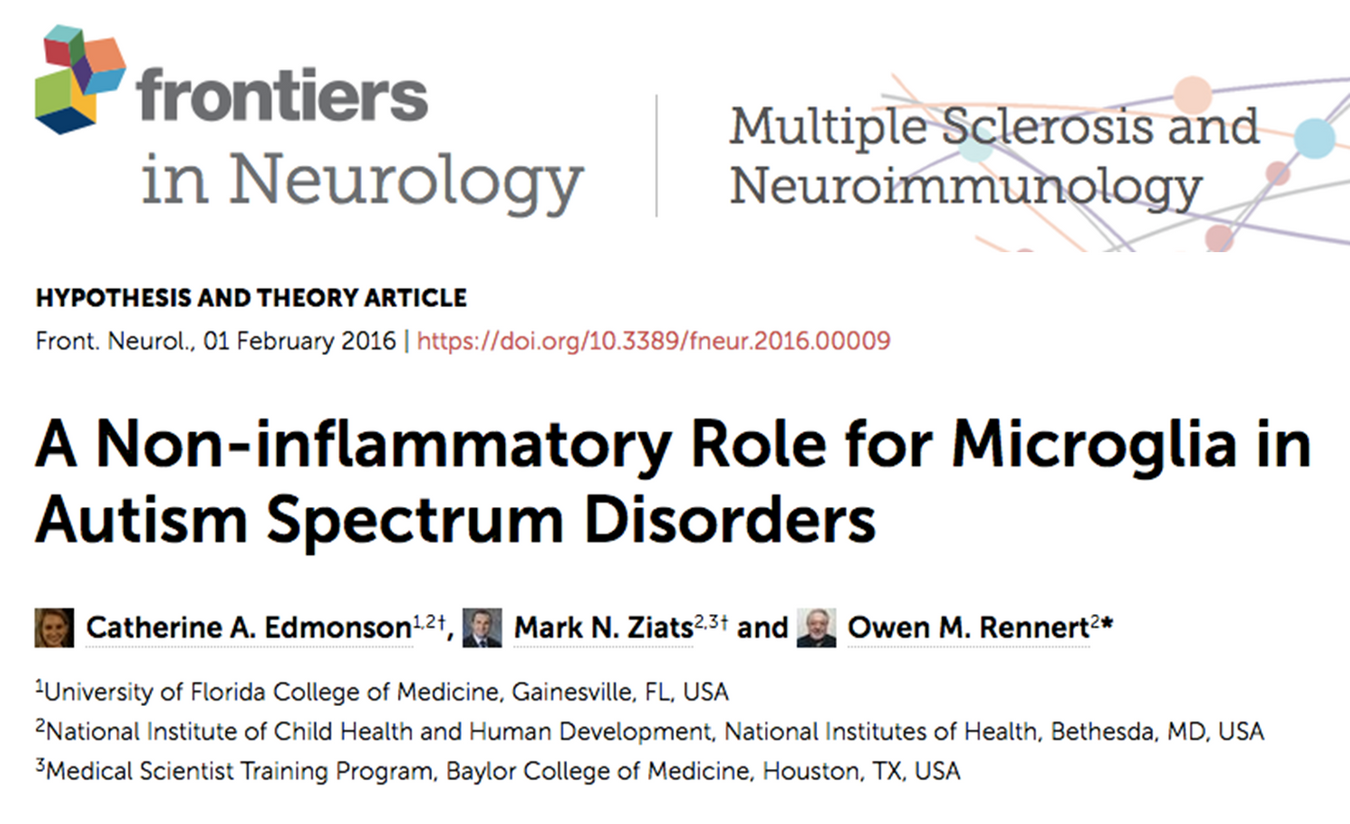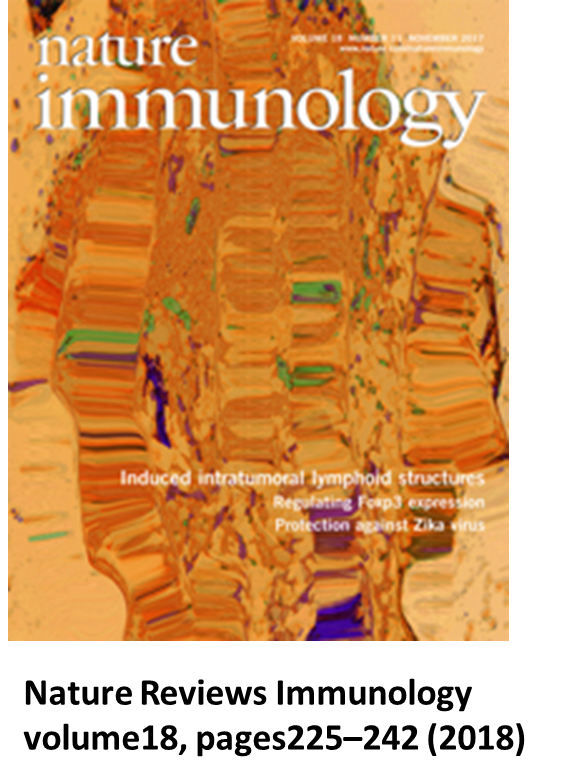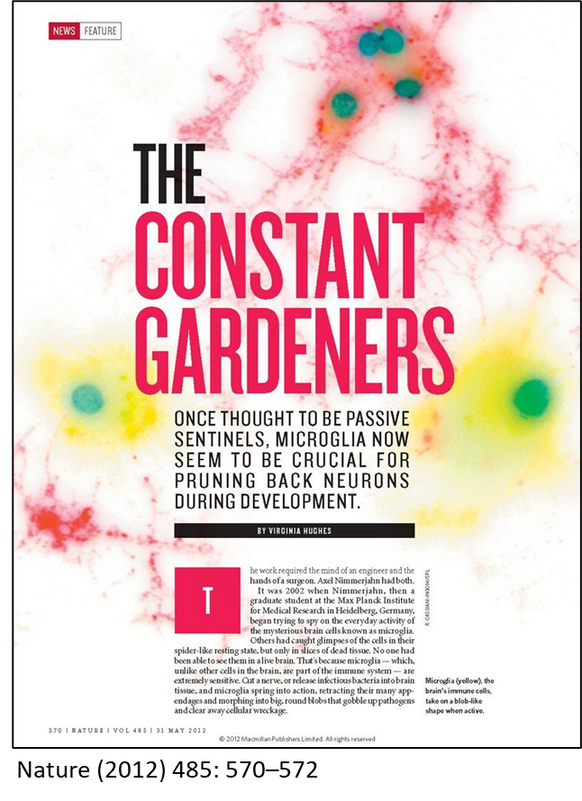Autism, Microglia, and the Potential of MAF
Understanding Autism and Brain Development
Autism Spectrum Disorder (ASD) is a neurodevelopmental condition that affects
communication, behavior, and social interaction. Research indicates that brain
development in individuals with autism follows a different trajectory, particularly in
how synapses (the connections between neurons) are formed and pruned.

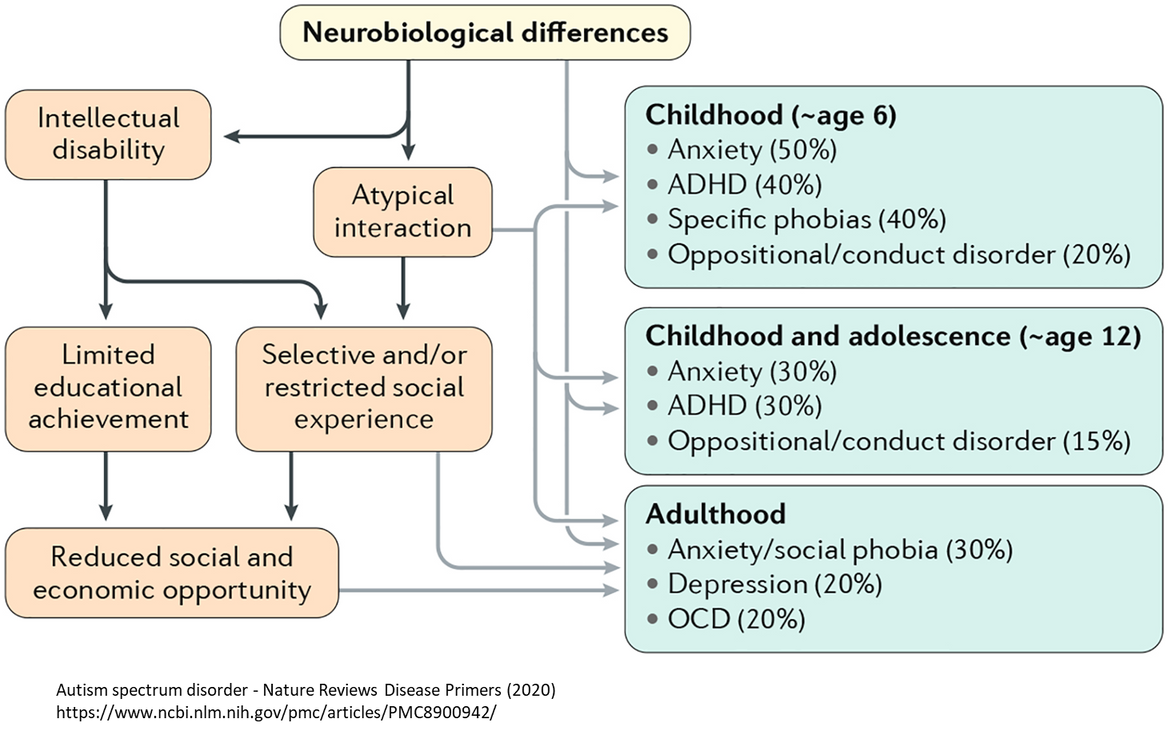
The Role of Microglia in Autism
Microglia, the brain’s immune cells and the resident macrophages of the central nervous system (CNS), were once thought to only protect against infections. However, they play a key role in brain development by:
- 1. Pruning synapses: During early development, the brain forms more connections than it needs. Microglia help remove excess synapses to refine neural networks.
- 2. Regulating neurodevelopment: Faulty microglial function has been linked to ASD, schizophrenia, and other neurodevelopmental disorders.
- 3. Influencing behavior: In animal studies, replacing microglia improved symptoms of obsessive-compulsive disorder and Rett syndrome (a form of ASD).
How Microglia Dysfunction Contributes to Autism
Recent studies have found that children with autism have too many synapses due to slowed microglial pruning. This excess affects how neurons communicate, possibly leading to:
- 1. Sensory overload and processing difficulties
- 2. Challenges in social interaction
- 3. Repetitive behaviors and restricted interests
A proof-of-concept study showed that a drug restoring synaptic pruning improved
autism-like behaviors in mice, highlighting microglia as a potential target for therapy.
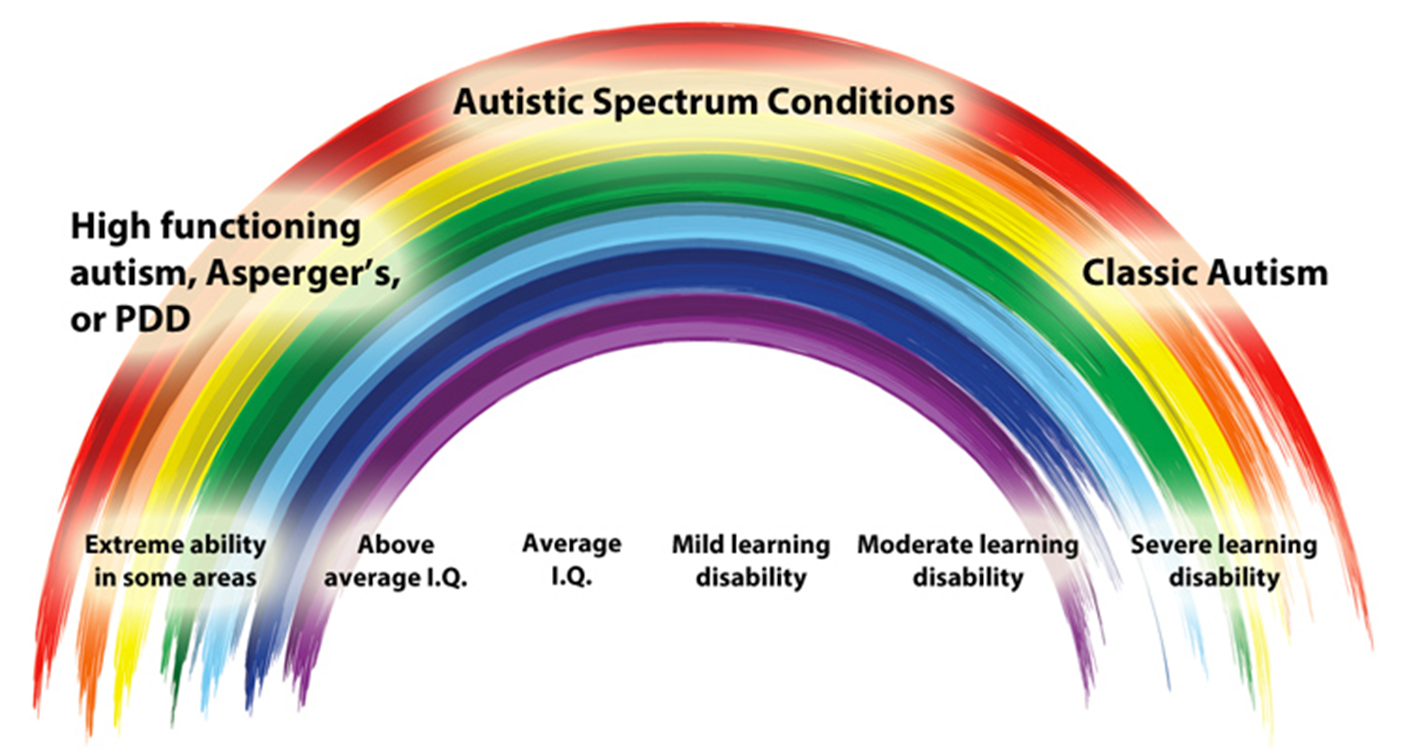
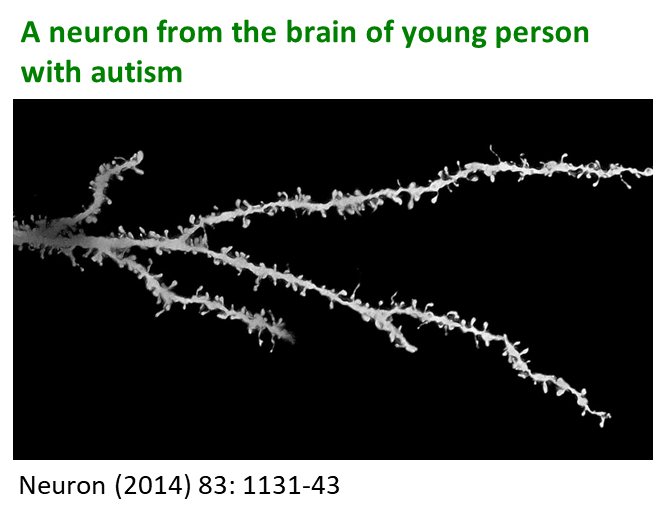
How MAF May Support Brain Function in Autism
Macrophage-Activating Factor (MAF) is a powerful immune and microglial regulator that may
help normalize microglial activity and support brain health in individuals with autism by:
1. Optimizing microglial function to improve synaptic pruning.
2. Regulating neuroinflammation, which has been linked to ASD.
3. Supporting immune balance since many individuals with autism have immune system irregularities.
4. Enhancing brain homeostasis by ensuring microglia perform their non-inflammatory roles properly
A New Approach to Supporting Autism
1. The connection between autism, microglia, and neurodevelopment is an emerging field of research. By focusing on immune modulation and brain health, MAF offers a potential therapeutic approach to improving cognitive function and behavior in individuals with autism.
2. Further studies are needed, but early findings suggest that targeting microglial health may be key to unlocking new solutions for ASD.
